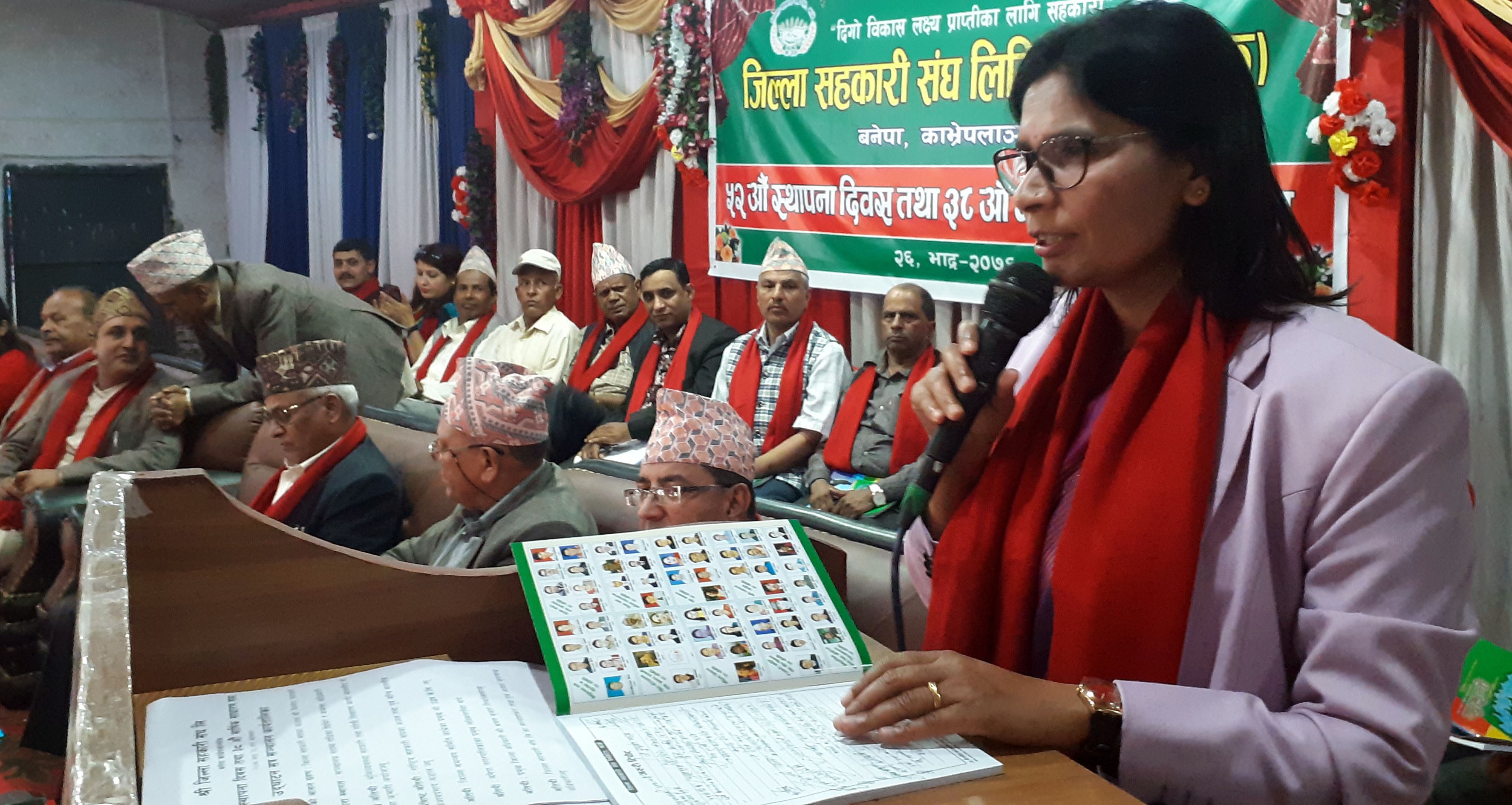Census of aquatic birds taking place
/जलपन्छी गणना गरिँदै.JPG)
Kathmandu, Jan 2 : The presence of aquatic birds in the country's wetlands looks fascinating, as the migratory birds have arrived in search of warm habitat, food and good environment for reproduction.
Some birds have come by travelling a long distance while rests of them make internal migration from the mountainous region of Nepal to the wetlands in the southern plain.
On the same backdrop, a census of the water birds is taking place from Saturday to take stock of the indigenous and migratory birds in the wetlands. The census to continue till January 19 will mobilize some 300 plus human resources from diverse sectors including experts and officials.
National coordinator of the aquatic birds counting Dr Hem Sagar Baral said that local community and stakeholders would be brought on board in the counting meant for making them aware on conservation drive.
The counting will be concentrate in more than five dozens wetlands, lakes and rivers across the country, with special focus on the wetlands of Tarai region. The Wetland International also initiates bird counting across the globe in this season.
The details of the counting would be submitted to the National Parks and Wildlife Conservation Department before making it public, Dr Baral shared.
According to Birds Conservation Nepal, Nepal houses 886 plus species of birds. Of them, 150 plus birds are the migratory birds in winter and 60 in the summer season. As high as 150 species of birds come to Nepal from the north pole in search of favorable weather, safe habitat and pastureland. Experts say that the birds arrive in Nepal from Russia, Kirgizstan, Turkmenistan, Uzbekistan, Azerbaijan, China, Mongolia, Europe and Korea after the beginning of snowfall in the region.
Such migratory birds coming to escape severe cold spend their time in the wetlands of Koshitappu, Bishajari Lake, Jagdishpur, Ghodaghodi Lake, Shuklaphanta, Koshi and Gandaki rivers and their tributaries until they go back to their original habitats.
Officials said that the number of water birds is decreasing in the recent years due to shrink and depletion in the wetlands; increased use of chemical substances in agriculture and water sources; smuggling and illegal trade of birds; change in climate pattern and global warming, and some other reasons.
Recent News

Do not make expressions casting dout on election: EC
14 Apr, 2022
CM Bhatta says may New Year 2079 BS inspire positive thinking
14 Apr, 2022
Three new cases, 44 recoveries in 24 hours
14 Apr, 2022
689 climbers of 84 teams so far acquire permits for climbing various peaks this spring season
14 Apr, 2022
How the rising cost of living crisis is impacting Nepal
14 Apr, 2022
US military confirms an interstellar meteor collided with Earth
14 Apr, 2022
Valneva Covid vaccine approved for use in UK
14 Apr, 2022
Chair Prachanda highlights need of unity among Maoist, Communist forces
14 Apr, 2022
Ranbir Kapoor and Alia Bhatt: Bollywood toasts star couple on wedding
14 Apr, 2022
President Bhandari confers decorations (Photo Feature)
14 Apr, 2022











